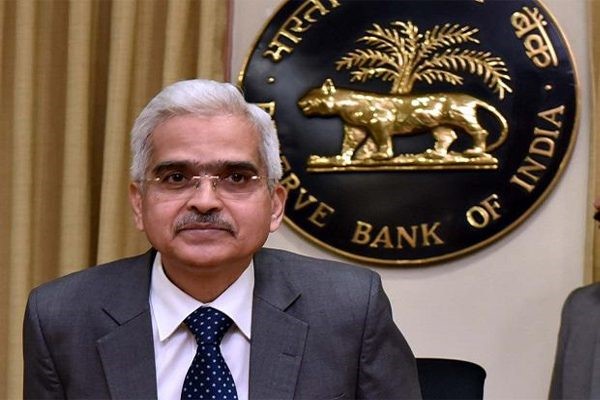The US Federal Reserve surprised the world’s financial markets with a 50 basis point rate cut. This has put RBI Governor Shaktikanta Das now to face fresh challenges as global central bankers enter a monetary policy easing cycle. Let us see the details here.
- The Fed’s rate is now down to a range between 4.75% and 5% compared to the RBI’s repo rate of 6.5%
- The European Central Bank (ECB) has already slashed its short-term interest rate twice this year, with a 25 basis point cut in September, as inflation begins to soften.
- The Bank of Canada has also recently cut its key rate by 25 basis points, signaling the potential for more cuts in the near future and the Bank of England has also lowered its rates. It is likely that other global central bankers will join the interest rate easing cycle.
- This marks the Fed’s first rate reduction since 2020, making it one of the most closely watched global monetary actions. Given the impact of U.S. monetary policy on global financial systems, especially in emerging markets like India, the Fed’s plan to make further cuts is likely to create new challenges for the RBI’s monetary policy.
- One of the key concerns for Governor Das is the Fed’s future guidance, which signals 200 basis points of cuts in the near term.
- The Fed committee expects to cut interest rates by 50 basis points by the end of the year. Projections from committee members also indicate that they expect to cut rates by a full 100 basis points by the end of 2025 and another 50 basis points in 2026.
- This means the Fed plans to reduce interest rates by about 200 basis points over the next two years, in addition to today’s 50 basis point cut.
- The global trend of lowering interest rates could complicate the RBI’s efforts to stay focused on controlling inflation, which is targeted at 4.5% for the 2024-25 fiscal year.
Commitment of Monetary Policy Committee:
- The RBI’s monetary policy committee is committed to keeping inflation within a range of 4%, with a margin of plus or minus 2%.
- This means the central bank must navigate external pressures while maintaining its inflation-fighting strategy.
- So far, the inflation trajectory remains within the RBI’s projections, with CPI or retail inflation at 3.6% in August. Given the inflation projection of 4.5% in 2024-25, the RBI’s hands are tied regarding any interest rate cuts.
- In the past, the Fed has not hesitated to lower rates aggressively, even to near-zero levels, along with quantitative easing to stimulate the economy.
- Between 2007 and 2008, the Fed slashed the short-term rate to zero to support the economy after the 2008 global financial crisis.
Conclusion:
- For the RBI, the global interest rate easing cycle presents its own challenges. If a global rate-cutting cycle accelerates, India could experience increased capital inflows as investors seek higher returns in emerging markets.
- While this inflow of dollars is generally positive for stock and debt markets, it can complicate currency management and potentially create inflationary pressures by expanding the domestic money supply.
- Additionally, managing the likely rupee appreciation against the US dollar could put pressure on India’s exports, further complicating the RBI’s balancing act between maintaining growth and controlling inflation.






